1.1 Semi-implicit time discretisation of the compressible Euler equations
Atmospheric flows are characterised by a separation of scales: although fast acoustic and inertia-gravity waves carry
very little energy, they need to be represented in the model since they drive slower large-scale balanced flow through
non-linear interactions. As a result, the timestep size in a model based on fully explicit timestepping would be
prohibitively small due to the CFL condition imposed by the fast acoustic waves. To overcome this issue, the LFRic
model employs a semi-implicit time discretisation which treats the fast waves implicitly in all spatial directions. This
allows simulations with a significantly larger timestep size, which can potentially reduce the overall model runtime.
The drawback of semi-implicit methods is that they require the solution of a non-linear system in every model
timestep. Since the implicit system is only mildly non-linear, it can be solved efficiently with a quasi-Newton-type
iteration, which in turn requires the repeated solution of a linear system. This linear solve is one of the computational
bottlenecks of the LFRic model. While compatible finite element discretisations have several useful properties for
geophysical flow applications, the efficient implementation of solver algorithms for the innermost linear system poses
a significant challenge. This is primarily due to the fact that, unlike for standard finite difference discretisations, the
linear system takes the form of an indefinite mixed problem with saddle-point structure. To deliver forecasts under
strict operational time constraints, solvers must efficiently scale to many cores on distributed-memory clusters while
being algorithmically robust.
1.2 Hybridisation and related work on preconditioners
There are a number of possible approaches for handling the linear saddle-point system arising from compatible fi-
nite element discretisations. This includes H(div)-multigrid [23], requiring complex overlapping Schwarz smoothers;
auxiliary space multigrid [24]; and global Schur-complement preconditioners, requiring inverting both a velocity mass
matrix and an elliptic Schur-complement operator. So far, a pragmatic solution has been employed in LFRic: the
saddle-point system is preconditioned with an approximate Schur-complement method which is obtained by lumping
the velocity mass matrix [25,26]. The resulting elliptic Schur-complement system in the piecewise constant pressure
space is solved with a bespoke multigrid algorithm that exploits the tensor-product structure of the function spaces,
following [27]. The drawback of this approach is that it requires the repeated, expensive application of the saddle-point
operator for all four prognostic variables in a preconditioned Krylov-iteration.
To address this issue, we focus on a technique known as hybridisation [28,29] in this paper. Hybridisation utilises
element-wise static condensation to obtain a reduced problem on the mesh interfaces. Once solved, recovery of the
prognostic variables is achieved by solving purely local linear systems. Although the reduced, sparse system is smaller
than the original saddle-point system for the prognostic variables, it has to be solved efficiently. Non-nested algorithms
[30] have been proposed for the solution of linear systems that arise from the hybridisation of mimetic finite element
discretisations. The authors of [31] describe a non-nested multigrid method for the solution of the hybridisable mixed
formulation of a second order elliptic boundary value problem, while [32] use a similar approach for the DG discetisation
of the same equation. Both papers employ a conforming coarse level space based on piecewise linear elements; this
space allows the construction of a standard multigrid method with h-coarsening. The hybridised method has also
been employed to solve the linear system that arises in an IMEX-DG discretisation of the shallow water equations in
[33]. While the authors of [33] use a direct solver for the resulting elliptic system on the mesh interfaces, a non-nested
multigrid algorithm similar to [32] is used for the IMEX-DG discretisation of the shallow water equations in [34].
1.3 Main contributions
In this paper, we describe how a hybridisable discretisation of the compressible Euler equations in LFRic allows the
efficient solution of the saddle-point system for the prognostic variables if it is combined with a non-nested multigrid
preconditioner. Our work is motivated by two scientific questions:
1. Can hybridisation be used to solve the saddle-point system in LFRic more efficiently?
2. What performance gains can be achieved by using bespoke non-nested multigrid preconditioners?
The new contributions of our work are:
i. We decribe how the exact elimination of density and potential temperature allows the construction of a re-
duced saddle-point system for Exner pressure and momentum; solving this system with the approximate Schur-
complement approach with a pressure multigrid preconditioner improves on the results in [25] and forms the
basis for our hybridisable discretisation.
ii. We derive a hybridisable discretisation of the compressible Euler equations and use static condensation to
construct an elliptic system for the unknowns on the mesh skeleton.
iii. We introduce a non-nested multigrid algorithm for the solution of this elliptic system; since the unknowns on
the mesh skeleton approximate pressure, we use the pressure multigrid algorithm from [25] to solve the piecewise
constant pressure equation on the coarse level of the multigrid hierarchy.
2
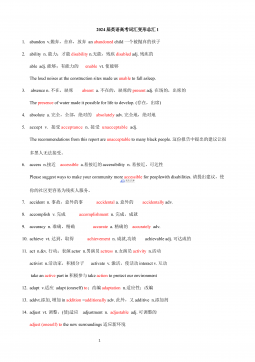
 2024-12-06 4
2024-12-06 4
 2024-12-06 11
2024-12-06 11
 2024-12-06 29
2024-12-06 29
 2024-12-06 26
2024-12-06 26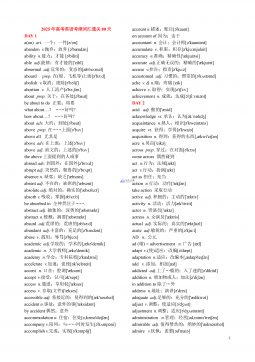
 2024-12-06 29
2024-12-06 29
 2024-12-06 11
2024-12-06 11
 2024-12-06 35
2024-12-06 35
 2024-12-06 12
2024-12-06 12
 2024-12-06 39
2024-12-06 39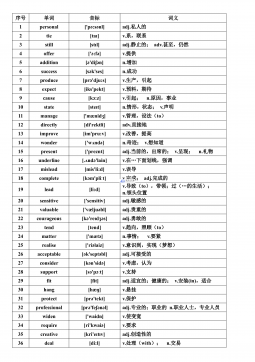
 2024-12-06 27
2024-12-06 27






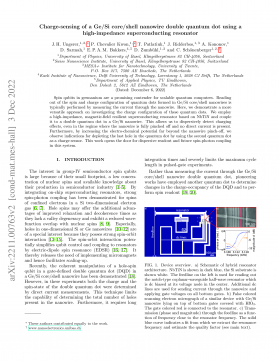
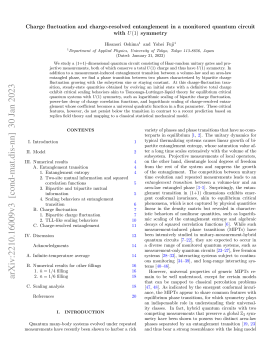
 渝公网安备50010702506394
渝公网安备50010702506394
